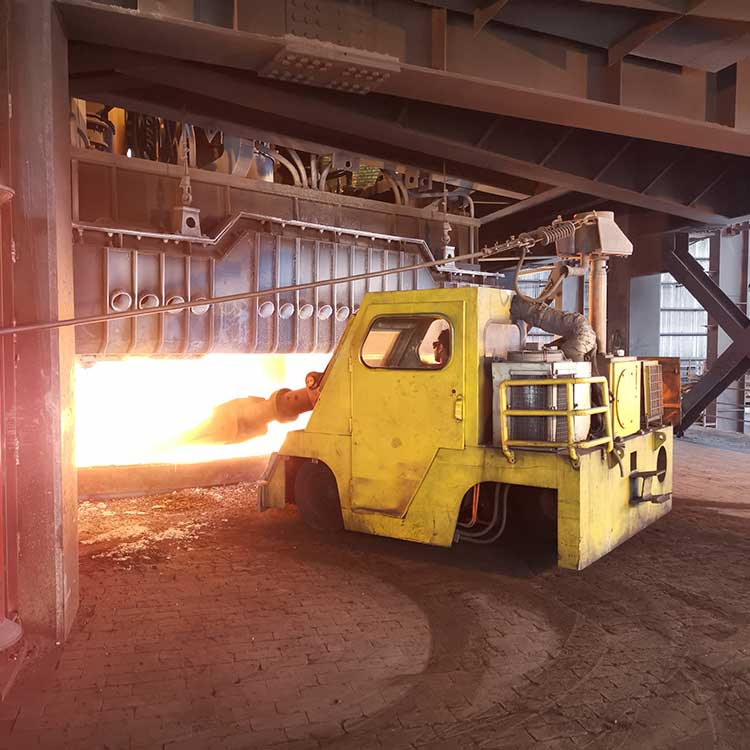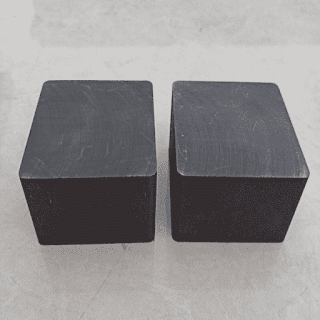Development Trend of Graphite Electrode Steelmaking
In the early 1960s, major changes occurred in electric furnace steelmaking technology, especially the adoption of ultra-high-power electric arc furnace technology, which clarified the technical direction for improving the production efficiency of electric furnaces. From the 1960s to the mid-1980s, the electric furnace smelting cycle was shortened from 3 hours. By 4 hours, the acceleration of the continuous casting rhythm has promoted the improvement of the production efficiency of electric furnace steelmaking, that is, increasing the capacity of the electric furnace, increasing the energy input to the electric furnace per unit time, and shortening the electric furnace smelting cycle. On the basis of ultra-high-power power supply, the international community has focused on the development of modern electric furnace smelting technologies that increase heat energy, such as enhanced oxygen supply, scrap preheating, and hot metal smelting. The development of these technologies has greatly shortened the electric furnace smelting cycle, and reduced the power consumption and graphite electrode consumption.

1. Large-scale electric furnace. The electric furnace is separated from melting and refining. The tonnage of the electric furnace has been increased to 80~200t, and a large number of high-power and ultra-high-power graphite electrodes with a diameter of 550~750mm are used.
2. Popularization of high-power and ultra-high-power steelmaking technology. The furnace capacity per ton of the steelmaking electric furnace has been increased to 1000~2000kv·A, the smelting time of the electric furnace has been shortened, the power consumption has been greatly reduced, and the unit consumption of graphite electrodes has also been correspondingly reduced.
3. Wide use of DC electric arc furnace. It has become an inevitable trend that DC electric arc furnaces gradually replace AC electric arc furnaces.
The development of electric furnace steelmaking technology has continuously put forward new requirements on the variety and quality of graphite electrodes, and has also promoted the continuous improvement of graphite electrode production technology and process equipment.

Comments
Post a Comment